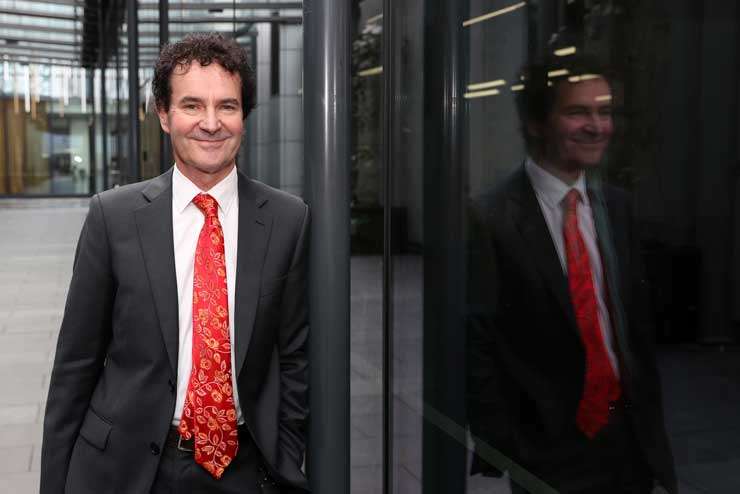ANALYSIS: The Government’s Budget for another year has been and gone and for all the pleading and rolling out of unrealistic wish lists ahead of the event, it turns out there isn’t really much in there. From a cost of living point of view there are some crumbs in the form of cheaper public transport for a few, extension of subsidised childcare to two year olds, free prescriptions, and some home heating help.
They’re all good things but they’ll make minimal difference to the cost of living pressures being felt by most families, with many seeing no meaningful benefit at all. Why so stingy? Lack of good fiscal control in recent years combined with the need to handle the pandemic and recent flooding mean the Government will be spending a net $27 billion or so more for the next five years than anticipated as recently as December.
Timing for achieving a return to surplus has been delayed a year, but the net debt track shouldn’t cause any issues for the credit rating agencies which are worried about the country’s external deficit (mainly due to the dependence we consumers historically have had on imported things).
For the business sector these is very little bar some coordination in the research area and encouragement of some extra apprenticeship places, which is a good idea given the shortage of good skilled people. The 20% tax rebate to video game developers shows that public lobbying can pay off and reflects the easy hop-on-a-plane potential loss of this sector to Australia.
Start your property search
Read more:
- Bargain cities: Where first-home buyer prices have dropped the most
- Shock jump in interest rates on the cards - what does it mean for house prices?
- The get rich quick myth: How property investors really make their money
Treasury is no longer predicting a recession – and I shall take the opportunity to remind everyone that my view the way through since the Reserve Bank predicted one from November last year is that recession was only ever a 50:50 proposition.
Treasury has also noted the extra stimulus coming from the return of foreign tourists plus rebuilding after the recent weather events. It could also have cited the large migration boom underway for which they have had to radically lift their migration predictions.
What about house prices? It is predicting that after falling some 13.4% between the June quarter of 2022 and the June quarter of this year (now), there will be another decline of 4.6% next year. I disagree. Chances are prices will rise between 5% and 10% in the coming year because of the migration boom, the two-year build up of buyers waiting for prices to bottom out, the coming decline in construction, and the labour market remaining tight.

Independent economist Tony Alexander: “Inflation risks remain high and the pick of inflation falling below 3% before the end of next year looks a bit hopeful.” Photo / Fiona Goodall
Treasury predicts the unemployment rate will rise to 5.3%. But I see little sign of businesses feeling they can lay staff off with confidence of being able to find them again easily when activity picks up. Now that the headlines will pull back from talk of recession, their feeling of a need to slim down staff numbers will become even less strong. The unemployment rate may not even reach 5% and that will engender continued feelings of job security, which will be supportive of the housing market.
There is one risk – interest rates. Treasury seems to be predicting that there will be a monetary policy easing not many months from now, but that seems a tad optimistic. Inflation risks remain high and the pick of inflation falling below 3% before the end of next year looks a bit hopeful.
Overall, with the need to try and get control of the accounts, the Budget is extremely restrained for a Labour Government in an election year and not at all like Labour’s opening of the spigots exercise in 2008.
- Tony Alexander is an independent economics commentator. Additional commentary from him can be found at www.tonyalexander.nz

















































































